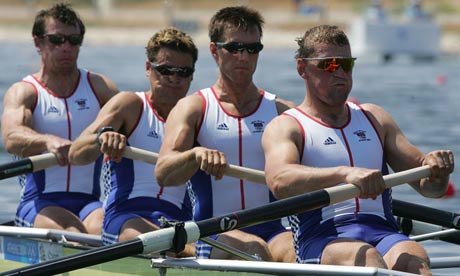 From The Guardian:
From The Guardian:I first saw Mendeley pitch two weeks ago – now it is on the way to changing the face of science.
The music radio site Last.fm is one of the great ideas from the UK during the first dotcom boom. Users can listen to their own songs and other tracks recommended by Last.fm's algorithms based on their tastes, including iTunes, and those of friends. It could easily have been a one-trick pony. But now a few academics have applied its serendipity to scientific research. Why can't researchers, instead of waiting anywhere up to three years for their papers to jump all the hurdles, be part of a real-time market place – a fusion of iTunes and Last.fm for science?
Read more ....

















